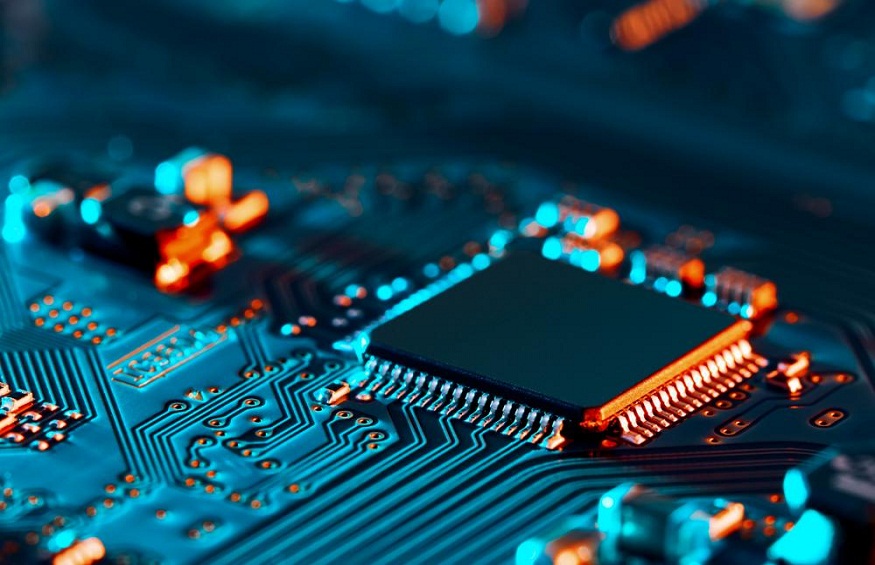
Today, smaller and lighter is better when it comes to consumer electronics. We want our phones, laptops, and tablets to be portable powerhouses that fit neatly into our pockets and bags. But cramming lots of capabilities into a tiny package is an enormous challenge. That is where advanced materials step in to make the impossible possible.
Lighter, Tougher, More Flexible
Traditional materials like plastic, metal, and glass are rapidly being replaced by cutting-edge composites and polymers. These new-age materials allow electronics to be featherweight yet durable. They can be molded into slimmer designs and curved shapes. Some are even flexible enough to bend and twist. Composite materials companies like Axiom Materials are cooking up mind-bending inventions in their labs.
The Graphene Revolution
One headline-grabbing material is graphene, a super-strong, super-thin layer of carbon atoms arranged in a honeycomb pattern. At just one atom thick, graphene is the thinnest compound known. But do not let its size fool you as this mighty material is two hundred times stronger than steel. Graphene’s unique properties make it ideal for building flexible electronic displays, longer-lasting batteries, and faster processors that generate less heat.
Stronger Than Diamonds?
While diamonds are the toughest natural material on Earth, scientists have created even harder lab-grown compounds called ultra-hard ceramics. These ceramics are made by precisely arranging atoms and molecules into an ultra-compact crystalline structure. The result is materials that can easily slice through diamonds and withstand extreme temperatures. They are being explored for use in heavy-duty electronics like drill bits, engine components, and even radiation-proof coatings for electronics on space missions.
The Self-Healing Touchscreen
Accidentally dropping your phone or tablet is one of modern life’s biggest cringe-worthy moments. But what if the screen could automatically repair itself after a shattering impact? Self-healing polymers capable of doing just that are in development. When a crack appears, molecules in the polymer automatically rebind and fill in the gaps. Some self-healing materials can even regenerate after being completely severed. While still experimental, self-repairing screens and cases could save us cash and cut down on e-waste.
Stopping Shocks and Drops
Even with advanced self-healing coatings, dropping electronics risks damaging delicate internal components. That’s why researchers are concocting new cushioning materials to absorb shocks and disperse impact forces. One leading candidate is a lightweight foam made from carbon nanotubes – molecular cylinders of carbon thousands of times thinner than a human hair. This foam can recover its original shape after being compressed or crushed, making it ideal for padding inside cases.
Cooler and Longer Lasting
Stuffed with powerful processors, modern electronics generate a lot of heat. Too much heat shortens battery life and damages components over time. New composite materials packed with heat-conducting fillers like metal particles or carbon nanotubes can rapidly whisk heat away. Running cooler means electronics last longer on a single charge and have an extended lifespan.
The Eco-Friendly Device
Another key goal is reducing the environmental impact of electronics manufacturing and disposal. Biodegradable plant-based bioplastics derived from renewable sources like corn stover, and woodchips are already used in some cases and accessories. Researchers are also exploring ways to build circuits and components using non-toxic, recyclable materials. One interesting area is the use of organic polymers and green solvents that can dissolve away and leave no chemical residue.
Conclusion
You may have never heard of many of these new mind-boggling materials. Yet they are the unsung heroes making our gadgets smaller, tougher, longer lasting, and more eco-friendly. The consumer electronics we cannot live without owe a big thank you to the scientists and composite materials companies busy creating the materials of the future.






